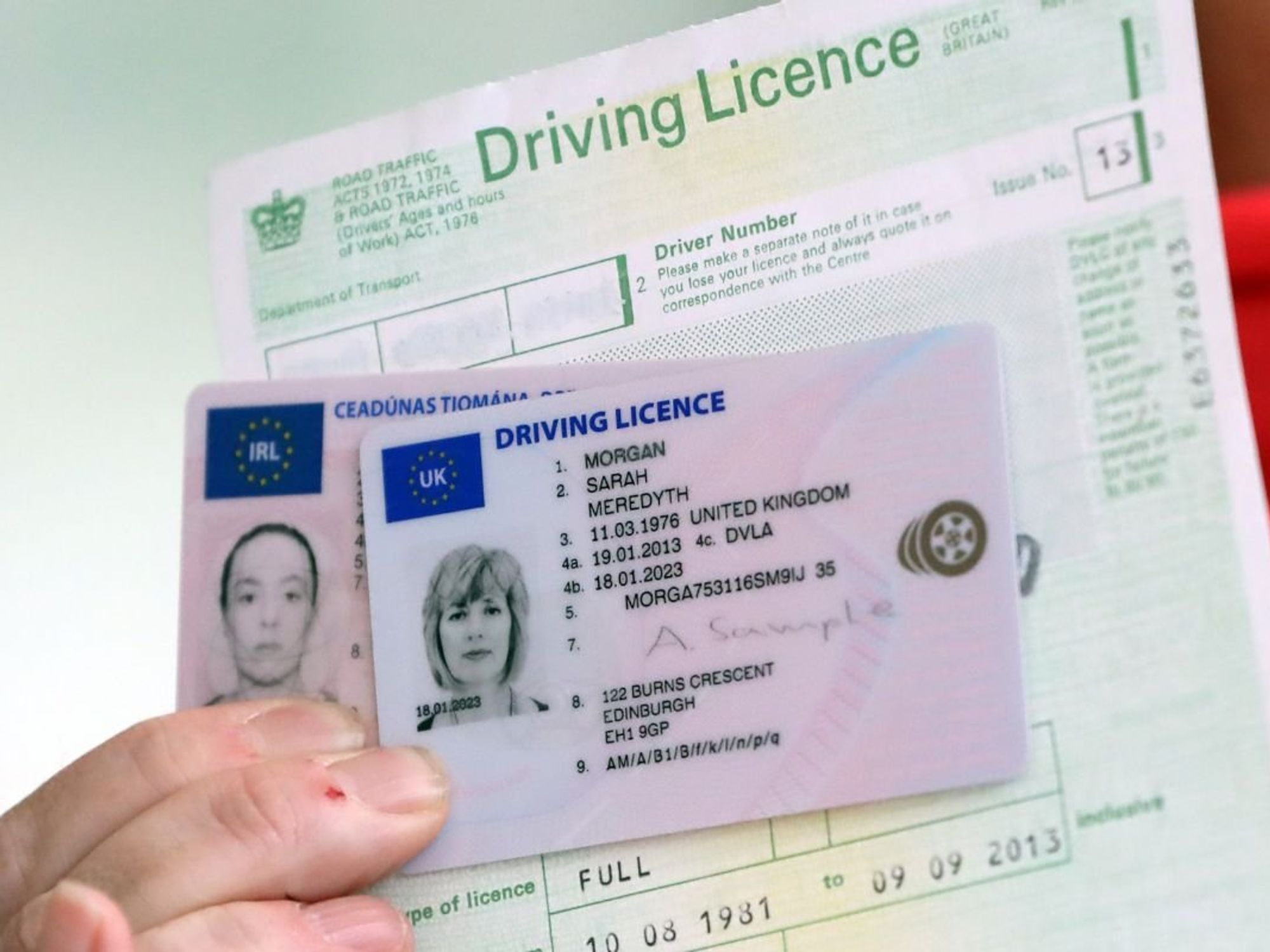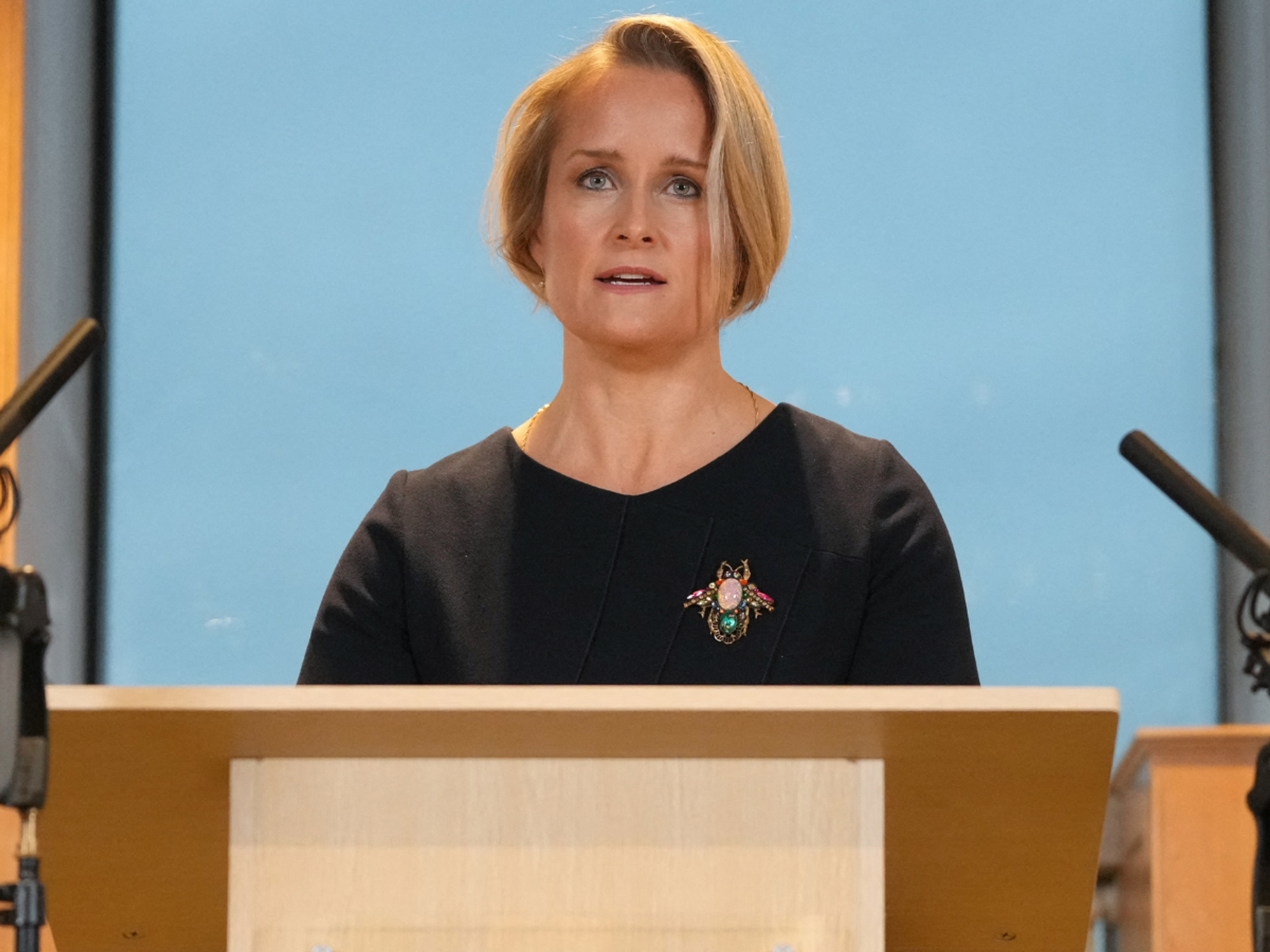Six-minute test predicts dementia nine years before diagnosis in unprecedented breakthrough

Novel test can predict dementia nine years in advance with 80 percent accuracy
|Getty Images

- Non-invasive test can predict dementia nine years before diagnosis
- It takes six minutes to collect data that's 80 percent accurate
- The first-of-its-kind brings us one step closer to prevention
Don't Miss
Most Read
SHOPPING — All products are independently selected by our experts. To help us provide free impartial advice, we will earn an affiliate commission if you buy something. Click here to learn more
Scientists have developed a novel test that can predict dementia nine years in advance with 80 percent accuracy. It comes days after researchers revealed the five supplements that can help combat against dementia.
The all-new testing method takes as little as six minutes and provides a more accurate way to predict dementia than memory tests or measurements of brain shrinkage — two commonly used methods for diagnosing dementia.
- View Deal | Get a one-year supply of multivitamins from Amazon
- View Deal | Get maximum strength Ginkgo Biloba from Holland & Barrett
- View Deal | Save 55% on monthly multivitamin subscription
Researchers say the first-of-its kind study brings the world on step closer to preventing dementia, an irreversible form of brain decline.
The team, led by Professor Charles Marshall, developed the predictive test by analysing functional MRI (fMRI) scans to detect changes in the brain’s ‘default mode network’ (DMN).
The DMN connects regions of the brain to perform specific cognitive functions and is the first neural network to be affected by Alzheimer’s disease.

The predictive test analyses functional MRI (fMRI) scans to detect changes in the brain
|Getty Images
The researchers used fMRI scans from over 1,100 volunteers from UK Biobank, a large-scale biomedical database and research resource containing genetic and health information from half a million UK participants, to estimate the effective connectivity between ten regions of the brain that constitute the default mode network.
The researchers assigned each patient with a probability of dementia value based on the extent to which their effective connectivity pattern conforms to a pattern that indicates dementia or a control-like pattern.
They compared these predictions to the medical data of each patient, on record with the UK Biobank. The findings showed that the model had accurately predicted onset of dementia up to nine years before an official diagnosis was made, and with greater than 80 percent accuracy.
In the cases where the volunteers had gone on to develop dementia, it was also found that the model could predict within a two-year margin of error exactly how long it would take that diagnosis to be made.
The researchers also examined whether changes to the DMN might be caused by known risk factors for dementia.
Their analysis showed that genetic risk for Alzheimer's disease was strongly associated with connectivity changes in the DMN, supporting the idea that these changes are specific to Alzheimer's disease. They also found that social isolation was likely to increase risk of dementia through its effect on connectivity in the DMN.
Charles Marshall, Professor and Honorary Consultant Neurologist, who led the research team within the Centre for Preventive Neurology at Queen Mary’s Wolfson Institute of Population Health, said: “Predicting who is going to get dementia in the future will be vital for developing treatments that can prevent the irreversible loss of brain cells that causes the symptoms of dementia. Although we are getting better at detecting the proteins in the brain that can cause Alzheimer’s disease, many people live for decades with these proteins in their brain without developing symptoms of dementia.
LATEST DEVELOPMENTS

Spotting dementia prior to symptoms could arrest its development, scientists hope
| PA"We hope that the measure of brain function that we have developed will allow us to be much more precise about whether someone is actually going to develop dementia, and how soon, so that we can identify whether they might benefit from future treatments."
Samuel Ereira, lead author and Academic Foundation Programme Doctor at the Centre for Preventive Neurology, Wolfson Institute of Population Health, said: “Using these analysis techniques with large datasets we can identify those at high dementia risk, and also learn which environmental risk factors pushed these people into a high-risk zone.
"Enormous potential exists to apply these methods to different brain networks and populations, to help us better understand the interplays between environment, neurobiology and illness, both in dementia and possibly other neurodegenerative diseases. fMRI is a non-invasive medical imaging tool, and it takes about 6 minutes to collect the necessary data on an MRI scanner, so it could be integrated into existing diagnostic pathways, particularly where MRI is already used."
- View Deal | Get a one-year supply of multivitamins from Amazon
- View Deal | Get maximum strength Ginkgo Biloba from Holland & Barrett
- View Deal | Save 55% on monthly multivitamin subscription
Hojjat Azadbakht, CEO of AINOSTICS (an AI company collaborating with world-leading research teams to develop brain imaging approaches for the early diagnosis of neurological disorders) said: "The approach developed has the potential to fill an enormous clinical gap by providing a non-invasive biomarker for dementia. In the study published by the team at QMUL, they were able to identify individuals who would later develop Alzheimer’s disease up to nine years before they received a clinical diagnosis. It is during this pre-symptomatic stage that emerging disease-modifying treatments are likely to offer the most benefit for patients."










